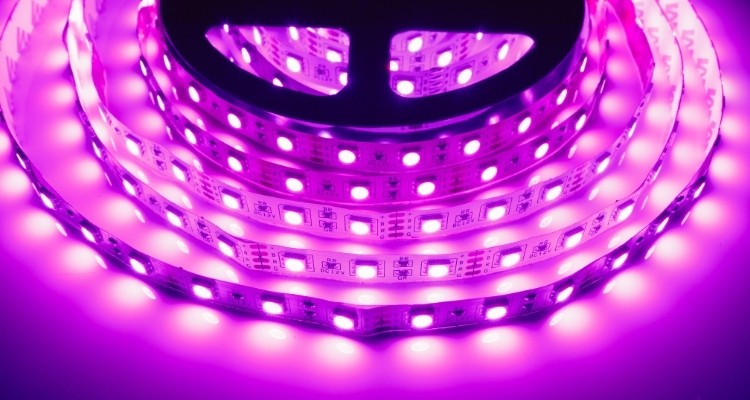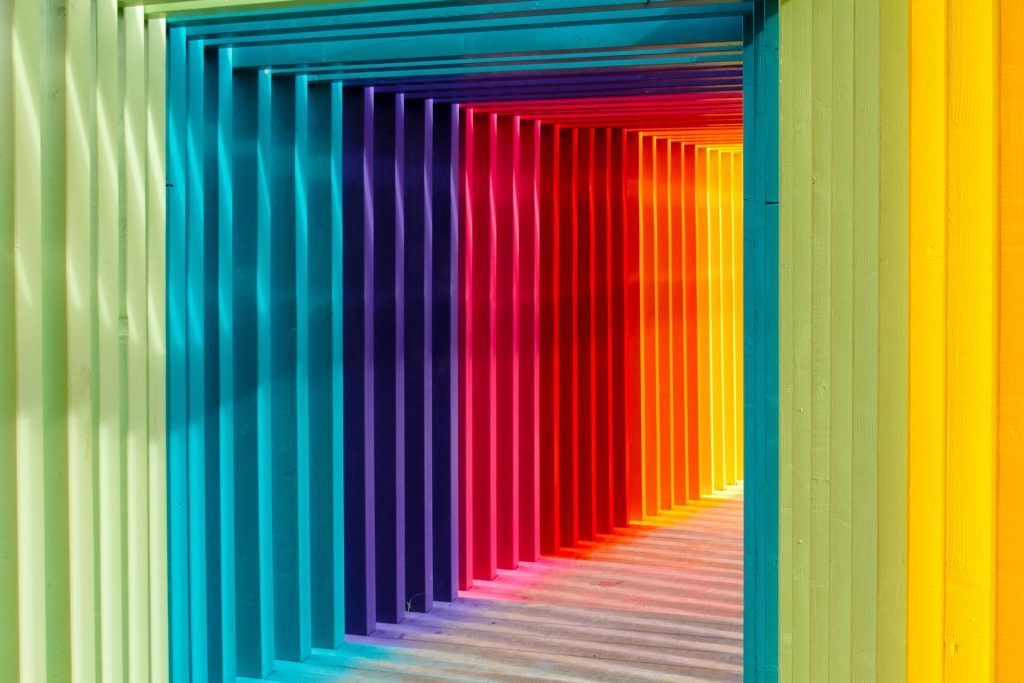There are a variety of colors that can be used for LED light strips, but not all of them are ideal for sleep. It's no secret that getting a good night's sleep is essential for overall health and well-being. What may be less known, however, is that the type of light you expose yourself to before bed can play a role in how well you sleep. Some colors are better for promoting relaxation and inducing sleep than others. In this article, we will explore which colors are best for use as LED light strips in bedrooms and why.
What are the best colors for sleep?

There are a variety of colors that can be used for LED light strips, but not all of them are ideal for sleep. It's no secret that getting a good night's sleep is essential for overall health and well-being. What may be less known, however, is that the type of light you expose yourself to before bed can play a role in how well you sleep. Some colors are better for promoting relaxation and inducing sleep than others. Let`s talk about each type of LED light separately.
Red
Red light not only promotes deep and rejuvenating sleep but also enhances athletes' endurance for physical activity the next day, making it ideal for training. Additionally, red light does not affect your night vision like other lights might, meaning you can utilize it without worry. It is the best color for your LED lights.
Blue
A study conducted by Oxford University showed that blue light increases levels of corticosterone, a stress hormone produced by the adrenal gland. Corticosterone is responsible for wakefulness; however, it has been shown that green light promotes sleepiness much quicker than blue light does--within 1 to 3 minutes as opposed to 16 to 19 minutes.
Blue is the light color that you should avoid because it has the potential to disrupt your circadian rhythm and make it harder for you to fall asleep. While the test participants are rats that are nocturnal, it's likely that humans aren't any different.
Green
LED light strip of green color is best for sleep as it produces a calming effect that can help you relax and fall asleep more easily. Green also doesn't disrupt your circadian rhythm like blue light can, so you can feel confident using it at night without worrying about its impact on your sleep patterns. Usually, green affects on your sleeping patterns less than any other color.
Orange
Orange does not have any detrimental effects on the production of melatonin, the sleep hormone. As a result, it has no impact on sleep or menstrual cycles. If you can't fall asleep in a red-lit or dark bedroom, you may use orange LED strips to go to sleep. While there are orange single-color LED strips available, if you have RGB strips, there is no need to invest in the former. You can create a warm orange color by balancing red, green, and blue.
Besides, orange LED light is good for concentration, as it was shown in a study on office workers. The participants who sat under orange light felt more comfortable and had fewer headaches than those who sat under white or blue light.
White
White light is not a true color. Rather, it is the eye's perception of red, blue, and green at their highest intensities. Three colors balancing at mid-intensities create grey. Just like blue light, white light greatly interferes with the circadian sleep cycle.

At the same time, usually, the blue component in white LEDs is not that high. But it is still present, and thus, you should be careful about using white LEDs for a long time before sleep. Moreover, white light is not as good as a blue light for concentration.
Can you use light only at night?
So, you decided to turn on the best LED light strip color for sleep - and that is red. But should you turn on the light only at night or you may leave it on during the day as well? There are different opinions on this matter. Some people say that it is better to use light only at night, so your body can get used to the dark and be more prepared for sleep. Others say that it doesn't make a difference, as long as you don't have the light on for too long before going to bed.
For optimum comfort, choose a warm light tone for your child's bedroom that complements his or her natural skin tone. Choose white, cream, beige, or off-white to create an ambiance that is pleasant and relaxing. Start using these LED light hues for sleep approximately three hours before you want to go to bed so you can plan ahead of time.
If you want to get the most benefit from these bulbs, choose a room where you relax or work for a couple of hours before bedtime, like your living room or bedroom. After you've been using the light for a while, turn it off and relax in the dark for about 15 minutes before going to sleep. This will help your body get used to the darkness and prepare for sleep.
What about other types of light?
It is clear that LED light strip color for sleep is the best way to go. But what about other types of light, like incandescent or fluorescent? Incandescent bulbs produce a warm light that is similar to candlelight. They are not as bright as LEDs, so they won't interfere with your sleep as much. However, they are not as energy-efficient as LEDs, so you may want to use them sparingly.
Fluorescent lights are similar to LED lights in terms of their brightness and energy efficiency. However, they produce a bluish light that can disrupt your sleep cycle. If you must use fluorescent lights, choose ones with a low color temperature (under 3000K) to minimize their impact on your sleep.
In addition to LED light strips, there are other types of lights that can help you sleep better. Book lights are small, portable lights that you can use to read in bed without disturbing your partner. Wake-up lights simulate the sunrise and gradually get brighter over a period of 30 minutes to an hour. They are designed to wake you up naturally so you feel more rested.
Sleep lamps are also designed to help you sleep better. They emit a soft, calming light that is similar to the light of the moon. You can use them in any room, but they are especially helpful in children's bedrooms. These are wonderful for lighting your bedroom at night without disturbing your spouse. Many now come with amber LED alternative, which will help you keep blue light exposure to a minimum before bedtime.

Are candles better than LED lights?
Candles provide a warm, relaxing light that can help you sleep. However, they are not as energy-efficient as LEDs, so you may want to use them sparingly. In addition, candles can be dangerous if left unattended, so it is important to blow them out before going to bed.
If you're looking for the best LED light strip color for sleep, red is the way to go. Red light doesn't interfere with the circadian sleep cycle as blue or white light does. It's also relaxing and calming, making it ideal for use in the bedroom. Use red LED lights a couple of hours before bedtime to give your body ample time to adjust to the darkness. And if you want to get even more benefit from a red light, try using a wake-up light that slowly gets brighter over 30 minutes to an hour. This will help you wake up feeling more rested.
Conclusion
The best LED light strip color for sleep is red. Red light doesn't interfere with the circadian sleep cycle and it's also relaxing and calming. Use red LED lights a couple of hours before bedtime to give your body ample time to adjust to the darkness. And if you want to get even more benefit from a red light, try using a wake-up light that slowly gets brighter over 30 minutes to an hour. This will help you wake up feeling more rested.